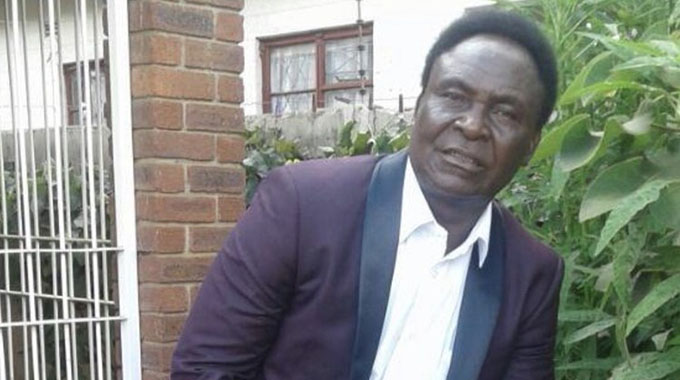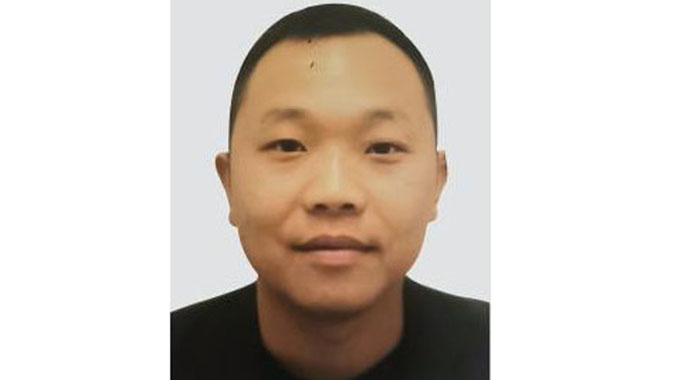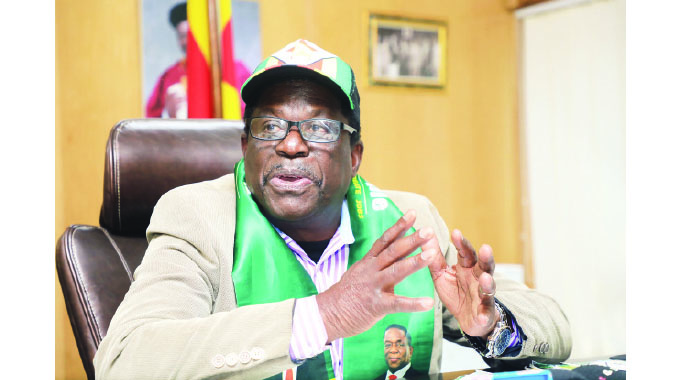Radio dramas shaped Zim arts

Tafadzwa Zimoyo Senior Arts Reporter
Veteran arts practitioner Aaron Chiundura-Moyo has said radio dramas played a pivotal role as they helped shape arts and society in the late ‘80s.
Chiundura-Moyo, who saw some of his books turned into plays, said the arts sector should adopt and adapt to various changes that can see it develop better.
In an interview, he said although back then it was not easy to penetrate the arts sector because it was white dominated, independence opened doors for everyone.
“Radio drama was very popular among the black community for obvious reasons,” said Chiundura-Moyo. “I became popular by writing drama scripts for radio, but never did film and television production at that time.
“It was not easy to get your script published in Rhodesia because there were fewer publishers who operated on less meaningful themes since there was no freedom of speech. Manuscripts had to pass through too many hands before being accepted.
“I remember receiving a lot of rejections until my book, “Uchandifungawo” was accepted for publication in 1974.”
Chiundura-Moyo said it was after independence that more doors started to open for radio, television and book publishing.
“Some of us started submitting drama scripts to radio, television and manuscripts for new books,” he said.
Chiundura-Moyo said he was groomed by a number of natural factors back then.
“Growing up, my father would make us sit around the fire while listening to him narrating a story,” he said. “Later on, he bought a radiogram and made us listen to different programmes. We were also introduced to films by the whites which we could watch three times a week at certain places in our locality.
“I would say my inspiration into writing books came from primary school teachers who read us books while grooming us. As fate has its own way, I started creating my own drama scripts at a farm school called Shoe Shine where I was doing Standard 2, with my first story in Grade 7 at Connemara Government School in 1979.
“I then went to Mambo School in Gweru and submitted my manuscript, then moved to Sandara School for my Form 2 and my short story got read on radio and I won two pounds. I then wrote books, short stories and dramas for radio. Television content was for whites and very few blacks owned a television set at that time.”
Chiundura-Moyo, who is also an actor, said Zimbabwe has witnessed a number of changes since independence, as different forms of arts are now being taught in schools and colleges.
“It is good that Government is taking a serious interest in the creative industry,” he said. “We have the Broadcasting Authority of Zimbabwe which has gone around the country empowering aspiring screen producers and script writers, as well as established ones, and what is left for us artists is to find a sober way of persuading a number of relevant ministries and organisations to help fight piracy.
“Art must be looked at in the same way as other disciplines like sport, hence it is a profession. We should appreciate and respect itn.”
Chiundura-Moyo said so far he has published 19 books covering four different genres, but his favourite book is “Yaive Hondo”, although his taste keeps changing.
“Not less than nine of my books were read at different platforms in schools and six of them were read or serialised on radio and two were dramatised on television. I sincerely believe that I communicated a lot with the society.
“As for television production, “Chiwoko Muhomwe” was my first script and it featured me as the main actor in 1987. In 1989, ZBC appreciated my radio and television dramas and decided to employ me and this changed my world view very much. I also created popular soap Studio 263.”
Chiundura-Moyo pleaded with young people to be proud of their identity.
“They should stop this funny way of thinking that they can successfully market their work of art if they change their local names into English or portray what they are not,” he said.
“If the media is quiet about this, then in 10 years we will have lost the plot as Zimbabwean artists.”










Comments